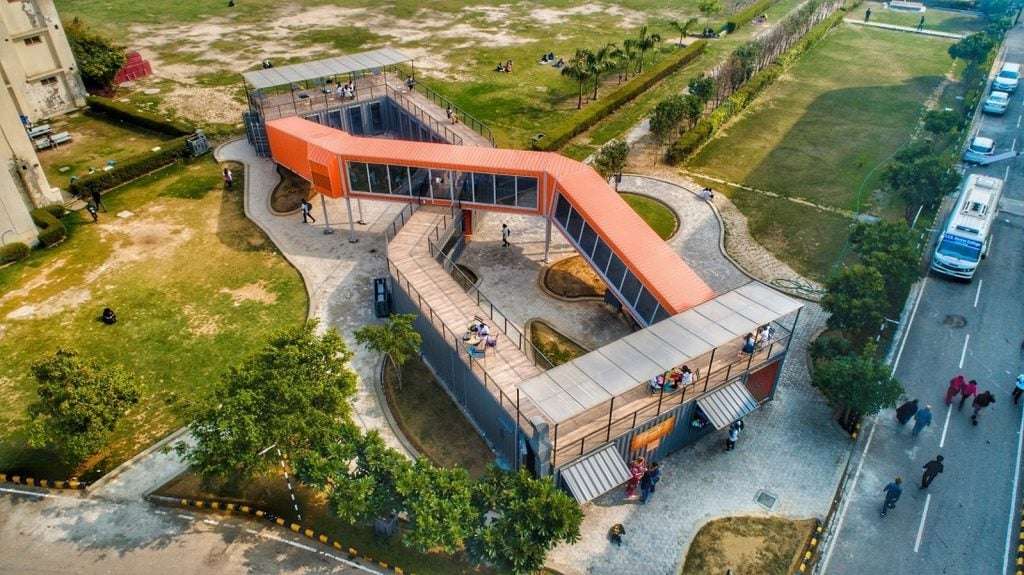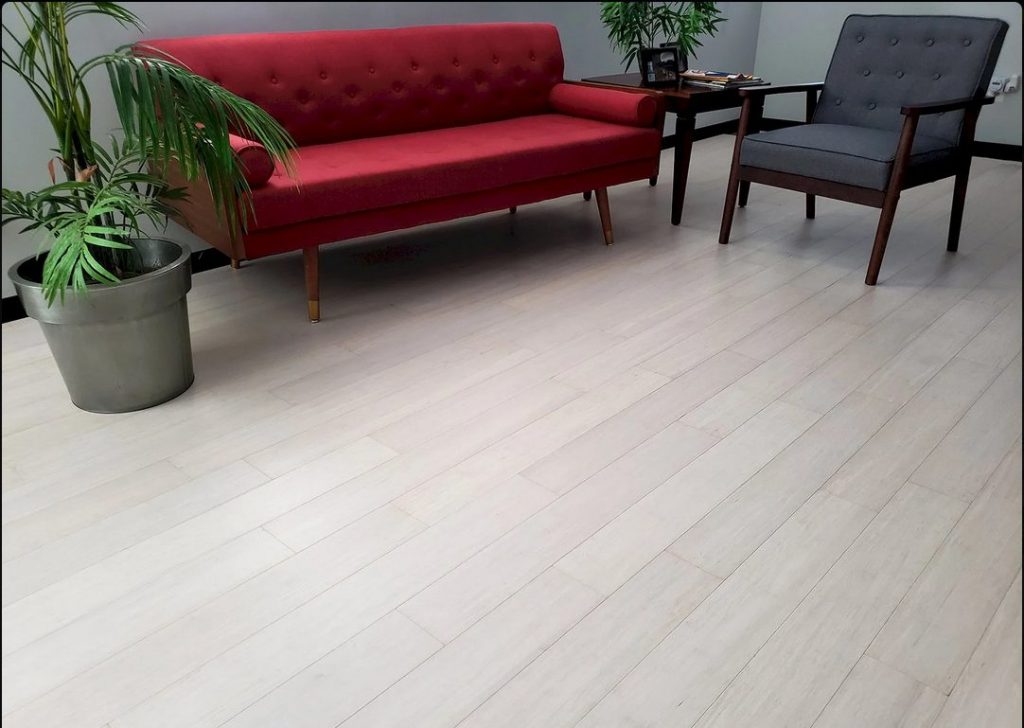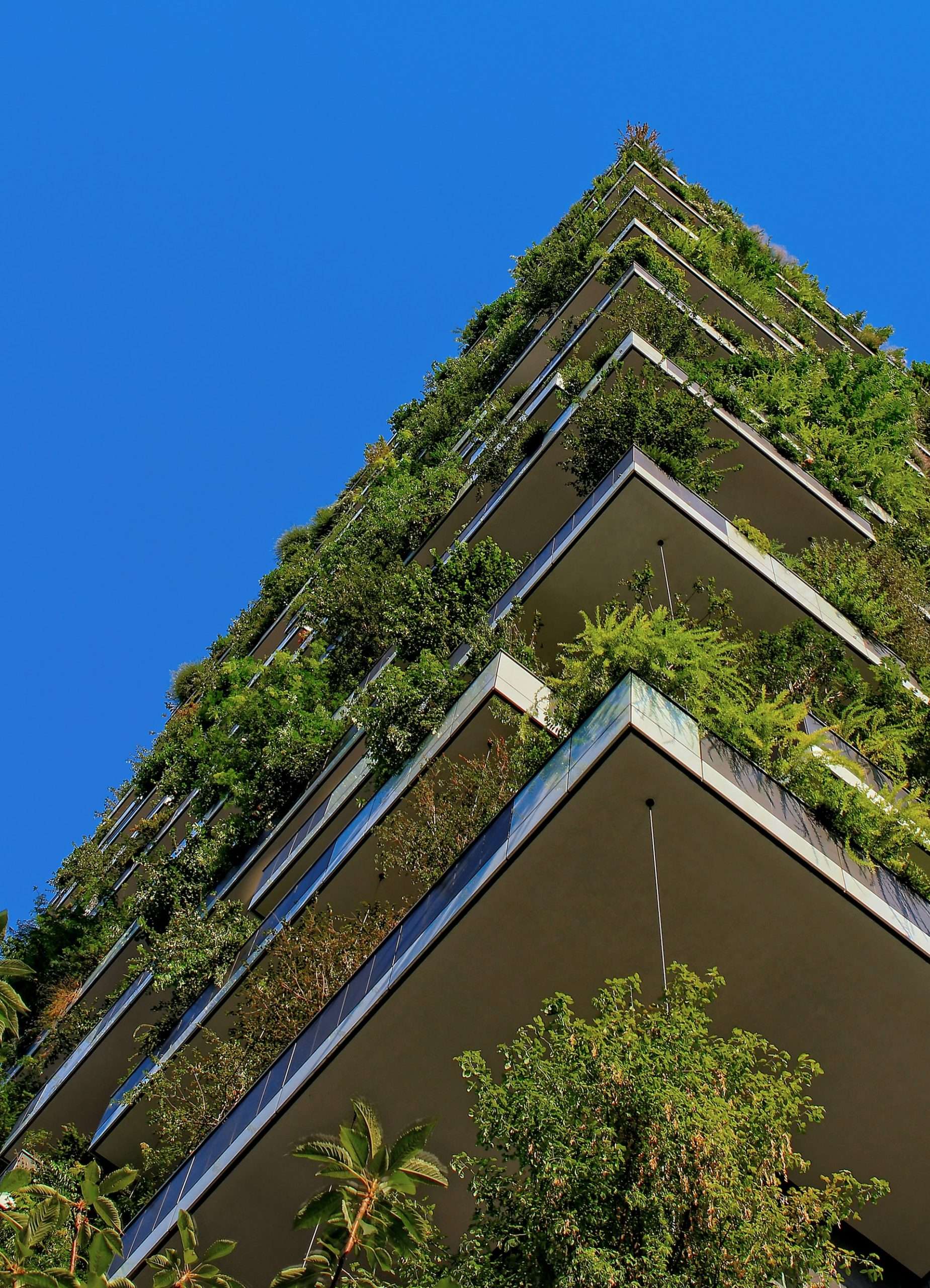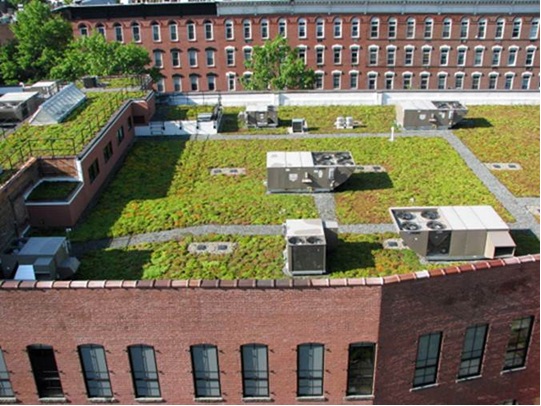Green and sustainable construction gained credibility when the US Green Building Council started the LEED Certification Program. It’s been growing like a weed since then (pun totally intended). Architects, engineers, and scientists continue to find ways to make buildings more environmentally friendly. Here are 5 green construction trends to watch this year. Some are simply amazing and may be coming to your neighborhood soon.
Passive Design
Passive design takes into consideration the local climate in order to reduce the amount of energy used to heat or cool a building.
Remember when your grandparents built their house under that huge tree? That’s passive design at the most basic.
Today, passive design starts with the siting and architecture of the building and then continues through the mechanical design to heat and cool the building using the smallest amount of energy when it’s not possible to maintain comfort with windows, thermal mass, or ventilation.
For example, south-facing roofs can shade windows or a building can be sited on an east/west axis to make maximum use of daylight.

Passive house standards also focus on creating buildings that are super tight. That means paying careful attention to the laws of thermodynamics. But honestly, whether the heat is going out or the cold is coming in, you just want to be comfortable using the least amount of energy.
Green Roofs and Walls
Green roofs and green or living walls create an oasis in urban environments. In rural and suburban settings, not so much. So, if you live in the ‘burbs skip this trend.
Green roofs and walls incorporate grasses, sedum, and even shrubs and trees. They reduce flooding and erosion by reducing the amount and flow rate of runoff. This even improves water quality. They reduce energy consumption during the growing months as green roofs and walls cool the building, requiring less mechanical cooling.
Not only do they provide a habitat for birds and animals, but they’re also good for people too. Living walls and green roofs reduce greenhouse gasses and carbon dioxide. That improves air quality for everyone.
The Massachusetts Department of Environmental Protection estimates the cost of a green roof to be $5 per square foot. It may cost a bit more upfront, but they also estimate the roof to last 40 years. That’s much longer than composition roofs and most concrete tile roofs.
Net-Zero Carbon Buildings
Theoretically, a net-zero carbon building generates the energy it needs to operate. Typically, the net-zero carbon building reduces energy consumption through building design and efficiency, then it generates its own renewable energy.
But that only considers the carbon footprint once construction is complete.
In 2023, true net-zero carbon buildings offset the amount of energy used in the construction over the lifetime of the building. Yep, it’s a thing and every step of the building process and every building material goes into the calculation.
That means expectations for architecture and construction just got greener. Solar and wind are the most common forms of energy generation, but thermal isn’t off the table. California and Nevada lead the US in direct geothermal heating systems.
Circular Models
Recycling and upcycling became trendy in home design in the 1990s as a result of a downturn in the economy. Now, it’s trendy for its ecological impact.
In 2023, clothes and other textiles get new life as building insulation. Check it out!
According to the EPA, over 11 tons of textiles like clothes, blankets, and towels end up in landfills each year. Upcycling clothes into building insulation reduces the amount of energy used to cool and heat and keeps textiles out of the landfill.
Another popular circular model is to take used shipping containers and convert them into buildings. When finished, you hardly recognize them as containers.

Firms in India and other countries are finding that shipping containers make functional and affordable housing that is incredibly ripe for eco-friendly and sustainable design efforts.
Sustainable Building Materials
Building, retrofitting, and remodeling with sustainable building materials continue to be trendy.
Standbys like cork and bamboo continue to dominate the market. After all, who doesn’t like the look of white bamboo flooring?

But new products like mycelium-based bricks and boards are emerging. That’s right, bricks and boards from mushrooms!
Mycelium-based building products take organic waste (like sawdust and timber waste) and mix them with dried mycelium (the vegetative structure in mushrooms) to create composite boards and bricks.
The toadstool home of fairy tales past just might be the home of the future!

About the Author
Cheryl is our go-to guru for all things sustainable living. She’s on a mission to make your family and our planet thrive! With a heart as big as her passion for sustainability, Cheryl brings you the freshest insights on eco-friendly building products and energy efficiency. 🌱💡
And hey, did you hear about the eco-friendly lightbulb that went to therapy? It finally found its inner “enlightenment”! 😄 Join Cheryl on this green journey, where she’ll tackle your concerns with a smile and a sprinkle of eco-humor!


